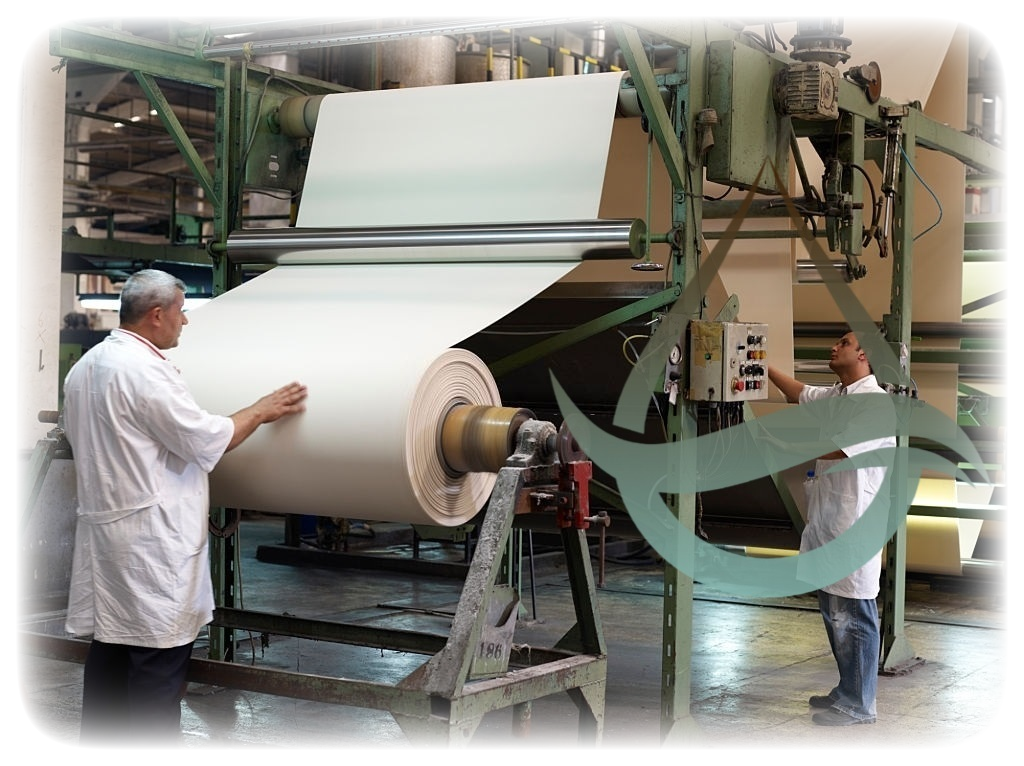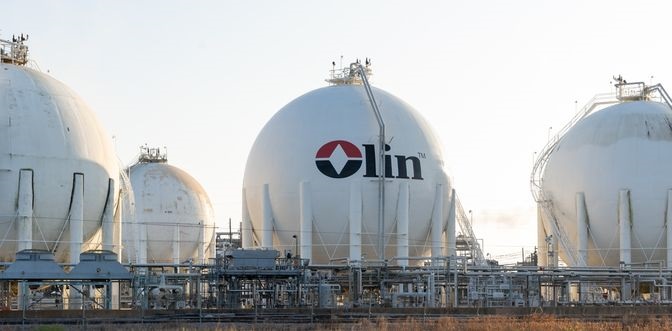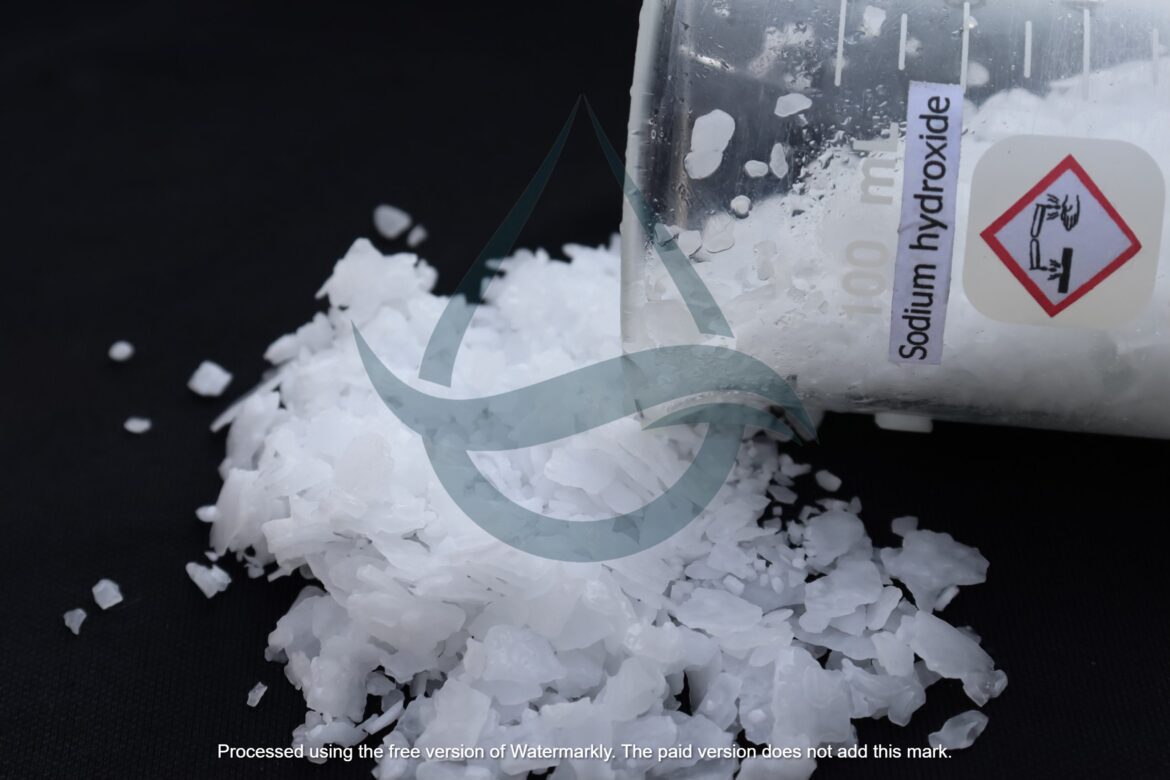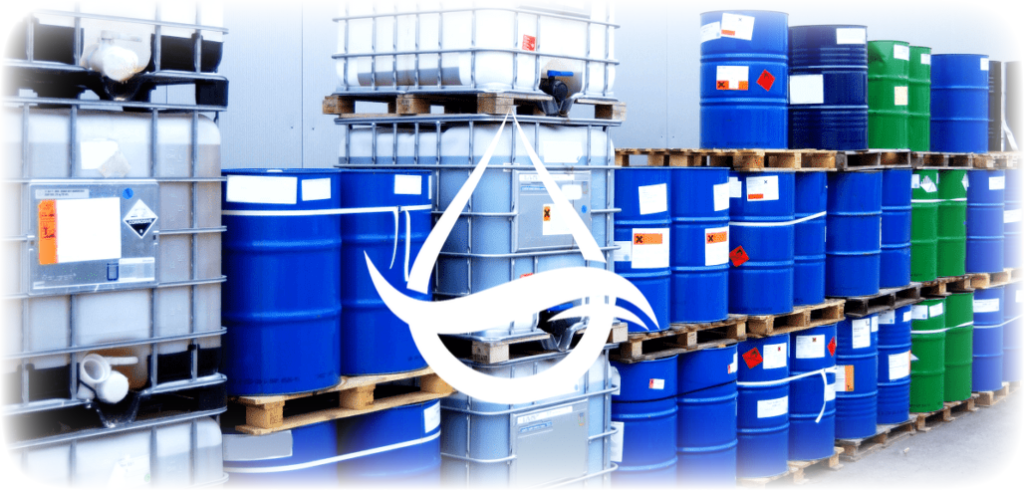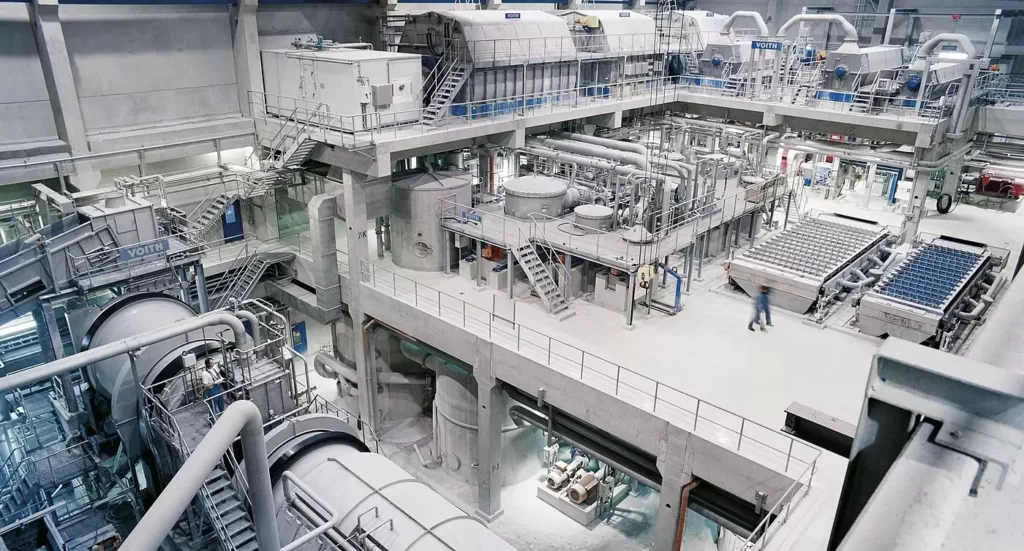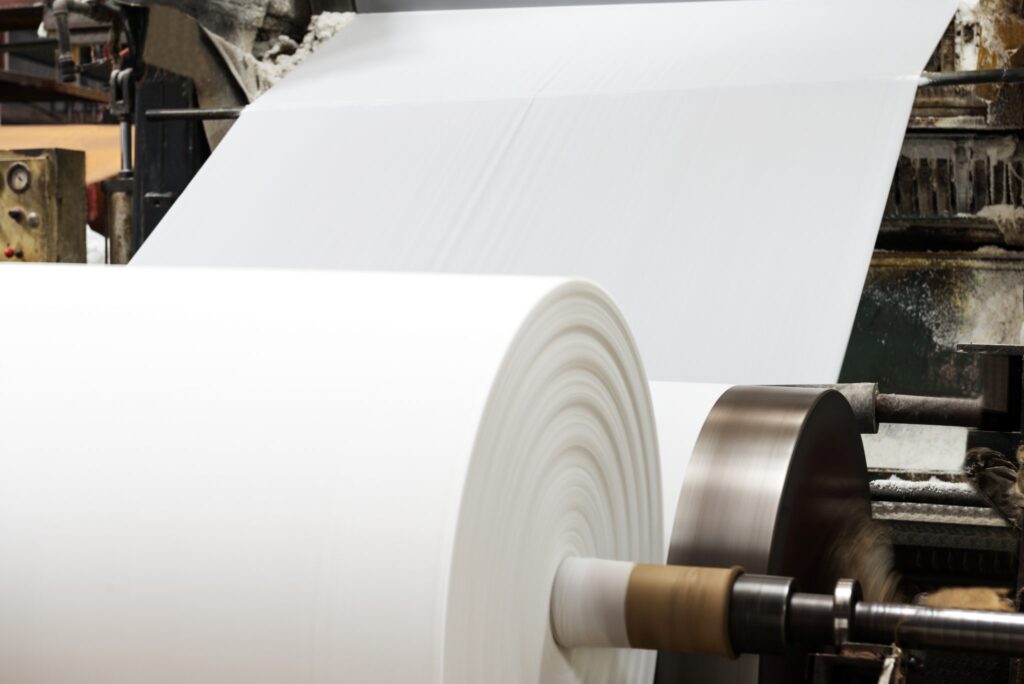Internal and external sizing are two distinct techniques used in paper manufacturing to improve the physical properties of paper and enhance its performance in various applications. The key difference between internal and external sizing lies in the location where the sizing agents are added onto the paper.
Paper
It seems like your inquiry is quite broad, and “paper” can refer to various aspects depending on the context. I’ll provide a general overview, and if you have specific questions or topics related to paper, please feel free to provide more details.
Definition:
Is a thin material primarily made from pulp, which is derived from wood fibers or other cellulose sources. It is commonly used for writing, printing, packaging, and a variety of other applications.
Key Aspects:
- Raw Materials:
- Is traditionally made from wood pulp, but it can also be produced from recycled paper, cotton, or other plant fibers.
- Manufacturing Process:
- The manufacturing process involves pulping, refining, papermaking, pressing, drying, and sometimes additional treatments or coatings.
- Types :
- There are various types of paper designed for specific purposes, including:
- Printing: Used for documents, books, and general printing.
- Writing: Often used for letters and notebooks.
- Packaging: Used for boxes and containers.
- Specialty: Include tissue, craft, and specialty printing papers.
- There are various types of paper designed for specific purposes, including:
- Paper Grades:
- Paper is categorized into different grades based on its properties and uses, such as bond, offset, newsprint, and more.
- Recycled:
- Recycling is a common practice to reduce the environmental impact. Recycled can be made from post-consumer waste or pre-consumer waste (scraps from the manufacturing process).
- Sustainability:
- Sustainable practices in the papers industry involve responsible forest management, use of eco-friendly production processes, and promoting recycling.
- Applications:
- Is used in a wide range of applications, including writing, printing, packaging, hygiene products, art and crafts, and industrial uses.
- Environmental Considerations:
- The paper industry has faced environmental scrutiny due to deforestation concerns. Sustainable forestry practices and the use of recycled materials aim to address these issues.
Recent Trends and Innovations:
- Sustainable Practices:
- Increased focus on using sustainable and responsibly sourced materials.
- Digital Transformation:
- The rise of digital technology has impacted paper consumption, with some processes transitioning to digital platforms.
- Specialty:
- Growing demand for specialty such as those with unique textures, finishes, or functionalities.
- Biodegradable and Alternative Fibers:
- Research into using alternative fibers and developing biodegradable to reduce environmental impact.
- Packaging Innovations:
- Advanced packaging solutions, including those with improved barrier properties and eco-friendly alternatives.
Please specify if you have more specific questions or if there’s a particular aspect of the paper industry you’d like more information about.
Ten Largest Producers of Caustic Soda in the World
:Introduction
Caustic soda, also known as sodium hydroxide (NaOH), is a widely used chemical compound with essential applications in several industries. Its production is dominated by various companies globally. This essay will explore the ten largest producer companies of caustic soda, analyzing their production capacities and market presence. By delving into the intricacies of these industry giants, we can gain a comprehensive understanding of the global caustic soda market.
Caustic soda role in paper industries
:Introduction
Caustic soda, also known as sodium hydroxide, is a highly versatile chemical compound that is widely used across various industries.
In the paper industry, caustic soda plays a crucial role in several manufacturing processes, making it an indispensable component.
This essay aims to explore the significance of caustic soda in paper industries, its applications, and its impact on the environment.
One of the primary applications of caustic soda in the paper industry is in the pulping process.
Did you know that paper is actually wet?
When you think of paper, you probably imagine a dry, lightweight material that’s easy to handle and store.
But did you know that paper is actually wet? It might sound surprising, but it’s true – and understanding the science behind it can help you appreciate this versatile material even more.
Introduction to Cardboard
:Introduction
Cardboard is a versatile and widely used material that finds its application in various industries. Known for its strength, durability, and cost-effectiveness, cardboard has become an integral part of packaging solutions, storage solutions, and even creative endeavors. This article provides an in-depth exploration of different types of cardboard, including corrugated cardboard, solid fiberboard, and folding cartons. It also delves into the world of major cardboard producers, analyzing their market presence and regional production. Additionally, this article highlights sustainable practices in the industry and explores innovations in cardboard technology, paving the way for advancements and future trends. Join us on this informative journey to discover the different cardboard types and main producers in the world
Chemicals used in the pulp and paper
Chemicals used in the pulp and paper industry play a significant role in the production of paper products. These chemicals are employed at various stages of the paper-making process to enhance the quality and properties of the final product.
The main producers of these chemicals are major chemical companies that specialize in supplying the paper industry. This essay will provide a comprehensive overview of some of the chemicals used in the paper industry and the key producers associated with them.
Sizing Operations in Paper Industries: Different Materials and Environmental Considerations
Sizing Operations in Paper Industries
Introduction:
The paper industry plays a crucial role in our society, providing a wide array of products that are vital for communication, education, packaging, and numerous other purposes. Sizing, one of the essential operations in paper production, refers to the process of applying a protective coating to the paper surface to control its absorbency. This essay will first discuss the different materials used in sizing operations, followed by an exploration of the environmental considerations associated with this process.
Advantages and Disadvantages of stone paper
Introduction :
Stone paper, a revolutionary eco-friendly alternative to traditional paper made from wood pulp, has gained significant attention in recent years. With an increasing global focus on sustainable practices, this essay delves into the advantages and disadvantages of stone paper. By harnessing the intelligence and comprehension of a Graduate School student, we aim to explore the intricate nuances surrounding this innovative material.
The Future Outlook of the Tissue Paper Industry: A Ten-Year Projection
Introduction
The tissue paper industry plays a vital role in our daily lives, providing essential products for personal and household use.
As we look ahead to the future, it is crucial to assess the potential trajectory of the tissue paper industry. This essay aims to analyze the possible developments, challenges, and opportunities that may shape the industry over the next decade.
Tissue paper production in the middle east
Production of tissue paper in the Middle East
The Middle East has emerged as a significant player in the global tissue paper production industry. With its abundant resources and strategic location, the region has witnessed remarkable growth in this sector.
One of the key factors contributing to the Middle East’s rise in tissue paper production is its access to raw materials. The region boasts vast reserves of wood pulp, a primary ingredient for manufacturing tissue paper. This availability ensures a steady supply chain and cost-effective production, giving Middle Eastern producers a competitive edge.
